General Info – summary
This medium sized, slow growing and deciduous Tree has drooping branches. Variable, simple and wavy Leaves have entire margins and lack stipules. Small, regular, bisexual, 4-merous and sweetly scented Flowers are in spikes. They have 4 small sepals & 8 exserted stamens in 2 equal rows & are inserted in the upper receptacle. The ovary is completely inferior. The indehiscent 4-winged Fruit contains a single seed.
Description
Combretum collinum subsp. suluense.
Previous Names: Combretum binderanum, Combretum fischeri, Combretum griseiflorum, Combretum junodii, Combretum mechowianum, Combretum makindense, Combretum millerorum, Combretum schinzii, Combretum suluense.
SA Tree No. 541.2.
Common names: (Afr) Treurboswilg, Vaiërende Boswilg. (Eng) Weeping Bushwillow, Bicoloured Bushwillow, Zulu Bushwillow, Zulu Combretum. (isiZulu) Imbondvo-lemhlophe, Umbondwe omhlophe. (Northern Sotho) Moduba. (Tshivenda) Muvuvha. (Xitsonga) Mbvuva.
Family Combretaceae. (Bushwlillow family). In this family, there are about 16 genera, containing about 530 species. In South Africa, there are 5 genera and 41 species. Here the genera with Trees include Combretum, Lumnitzera, Pteleopsis and Terminalia. The simple and usually entire Leaves lack stipules. Flowers are usually bisexual. There are usually twice the number of stamens as sepals or petals. The inferior Ovary has 1 locule and usually only 1 of the ovules develops into a seed. Fruit is usually indehiscent and may be winged or ridged.
Name derivation: Combretum – climbing plant. collinum – Collatina was the Roman goddess of the hills and downs. Her name came from Latin: collis, hill, high ground, or mountain.
Conservation: National Status: L C. (Least Concern). Assessment: 2005 (W. Foden and L. Potter).
Tree
The Tree is either single stemmed – up to 15m high or multi-stemmed. The Trunk may be twisted. The Crown can be rounded or flat. Branches tend to droop and may reach the ground. Soft, short and silvery hairs usually cover the Branchlets (usually applied to branches of the current or preceding year). The roughish Bark is grey-brown and white markings may be present (photos below).
- 604 2014.09.14 Lowveld NBG. Photo: David Becking.
- 688 2014.09.14 Lowveld NBG. Photo: David Becking.
Leaves
This deciduous plant has variable shaped Leaves that are up to 12 x 4,5+cm and opposite or nearly so (photo 694). Leaves on cultivated trees may be bigger. All are simple (have a single blade which may have incisions that are not deep enough to divide the leaf into leaflets). Young leaves are wavy (photo 694), have a variable shape, and are hairy but most hairs are lost when the leaf is mature. They are roughly elliptic to obovate, to ovate or lanceolate. Leaves are usually broadest in the central part. They are often drooping and have scales, which can make them yellowish. The upper shiny leaf surface is dark green. The lower duller green to silvery surface is lighter. Here the midrib and side veins protrude and loop together. The Margin is entire (with a continuous margin, not in any way indented). Prior to falling in autumn, the leaves change to yellowish colour. There are 7-10 pairs of lateral Veins present. Net veining is indistinct. The Midrib has ridges on both sides. The Apex is broadly tapering to rounded and may end in a sharp point (photo 606). The Base is rounded to broadly tapering or lobed. The Petiole (leaf stalk) may be hairy and is up to 3cm long. Stipules (basal appendages of the petiole) are absent. Hair-tuft Domatia (tiny chambers produced by plants that house arthropods. To the naked eye the domatia appear as small bumps) may be present in vein axils and are visible on the lower side of the leaf.
- 606 2014.09.14 Lowveld NBG. Photo: David Becking.
- 694 2014.09.14 Lowveld NBG. Photo: David Becking.
Flowers
The white to yellow or greenish, sweetly scented and 4-merous Flowers are small – up to 5mm in diameter. These flowers develop in axillary Spikes (simple indeterminate inflorescence with sessile flowers on a single unbranched axis opening in succession towards the apex – photo 692) that are usually up to 10cm long and often seen with old leaves. Flowers are bisexual and actinomorphic (Regular, symmetrical. Flowers are vertically divisible into similar halves by more than 1 plane passing through the axis). In individual flowers, the Calyx has 4 green Sepals (photo 691) which extend above the ovary. The 8 Stamens (10 in Combretum bracteosum) are in 2 whorls which protrude beyond the rest of the flower. There is a single Pistil (a unit of the Gynoecium, the female element of the flower, composed of the Ovary, Style and Stigma). Here the completely inferior Ovary can be mistaken for the absent Pedicle (stalk of a single flower – photo 691). The single, free Style extends even before the Stamens emerge. (Jul-Oct).
- 692 2014.09.14 Lowveld NBG. Photo: David Becking.
- 691 2014.09.14 Lowveld NBG. Photo: David Becking.
Fruit
The 4-winged indehiscent Fruit is rusty-red when young, becoming brown and plum-coloured or greyish with a scale induced metallic sheen, when mature. It is densely hairy, variable in outline, closely covered with red scales and almost round or slightly elongated. The fruit is up to 5,5 x 5cm. Old fruit may remain on the tree for an extended period. (Nov-Aug).
- 695 2014.09.14 Lowveld NBG. Photo: David Becking.
Distribution & Ecology
These Trees grow in mixed bushveld (is a sub-tropical woodland ecoregion of southern Africa) and open woodland – low to medium altitudes – up 1 400m. They are located in Northern KwaZulu-Natal, Mpumalanga and Limpopo. They also occur in Swaziland, Northern Botswana, Namibia, central and northern Mozambique, Zimbabwe and northwards. Game, including elephant consume both Branches and Leaves, and kudu and steenbok consume the leaves. These plants are reasonably tolerant of grass fires.
Ethnobotany
The Wood is reasonably hard, but not very durable and is sensitive to borer attack. It is difficult to distinguish between the whitish-brown sapwood from the light brown heartwood. The wood is used for building wagons, canoes, tool handles and hut frames. Cattle browse the Leaves. Trees are slow growing and respond well to coppicing (young tree stems are repeatedly cut/burned down to near ground level. This may cause regrowth from the stump or roots). To encourage growth, farmers use lopping and pollarding (a process for removal of upper branches to enhance leaf growth). Research at Makerere University in Kampala, Uganda has found that an extract from shoot Bark of this tree can produce larvicidal activity against the yellow fever mosquito (Aedes aegypti). This mosquito can also spread dengue fever (a mosquito borne disease caused by the dengue virus). The leaves bark and roots are often sold in local markets and play a fundamental local role in the local treatment and management of numerous kinds of diseases.
References
Boon, R. 2010. Pooley’s Trees of eastern South Africa. Flora and Fauna Publications Trust, Durban.
Burrows, J.E., Burrows, S.M., Lotter, M.C. & Schmidt, E. 2018. Trees and Shrubs Mozambique. Publishing Print Matters (Pty) Ltd. Noordhoek, Cape Town.
Coates Palgrave, M. 2002. Keith Coates Palgrave Trees of Southern Africa, edn 3. Struik, Cape Town.
Foden, W. & Potter, L. 2005. Combretum collinum Fresen. subsp. suluense (Engl. & Diels) Okafor. National Assessment: Red List of South African Plants version 2020.1. Accessed on 2022/11/19.
Lawrence, G. H. M, 1951. Taxonomy of Vascular Plants. The Macmillan Company, New York. Tenth Printing 1965.
Palmer, E. & Pitman, N. 1972. Trees of southern Africa. Balkema, Amsterdam, Cape Town.
Schmidt, S. Lotter, M. & McCleland, W. 2002. Trees and Shrubs of Mpumalanga and the Kruger National Park. Jacana, Johannesburg.
van Wyk, B. & van Wyk, P. 1997 Field guide to Trees of Southern Africa. Struik, Cape Town.
http://www.worldagroforestry.org/treedb2/speciesprofile.php?Spid=558
http://www.mrcindia.org/journal/issues/454321.pdf
http://www.zimbabweflora.co.zw/speciesdata/species.php?species_id=141830
http://posa.sanbi.org/flora/browse.php?src=SP
http://eol.org/pages/5426895/names/common_names
http://www.thaliatook.com/OGOD/collatina.php

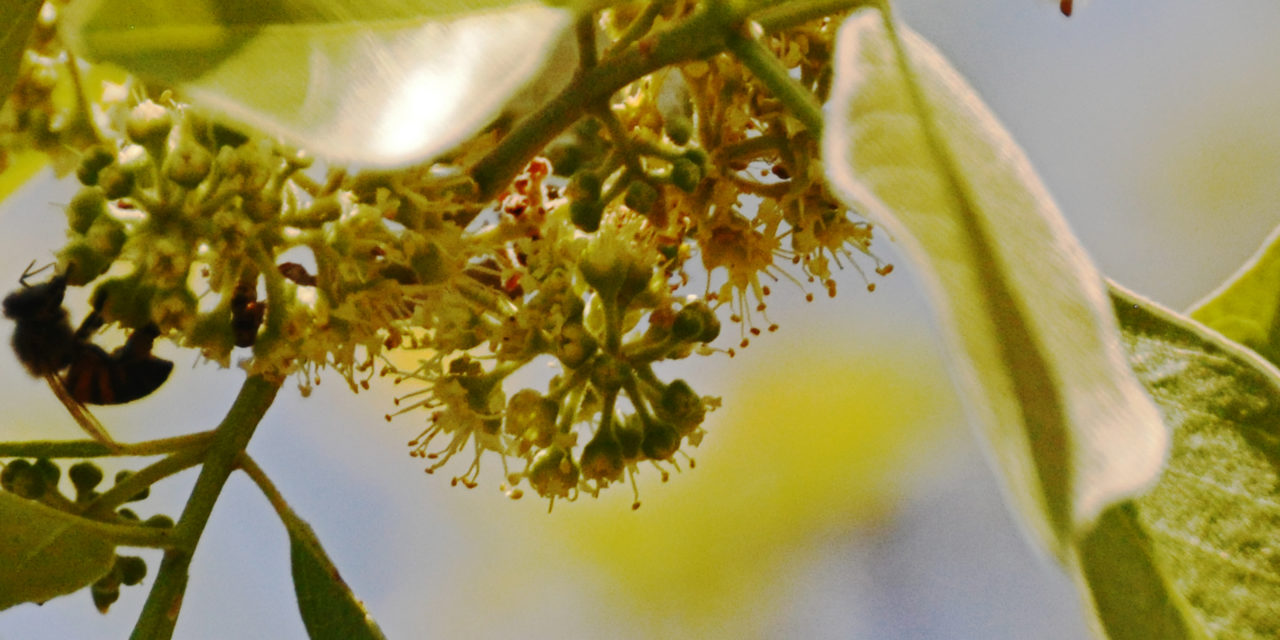
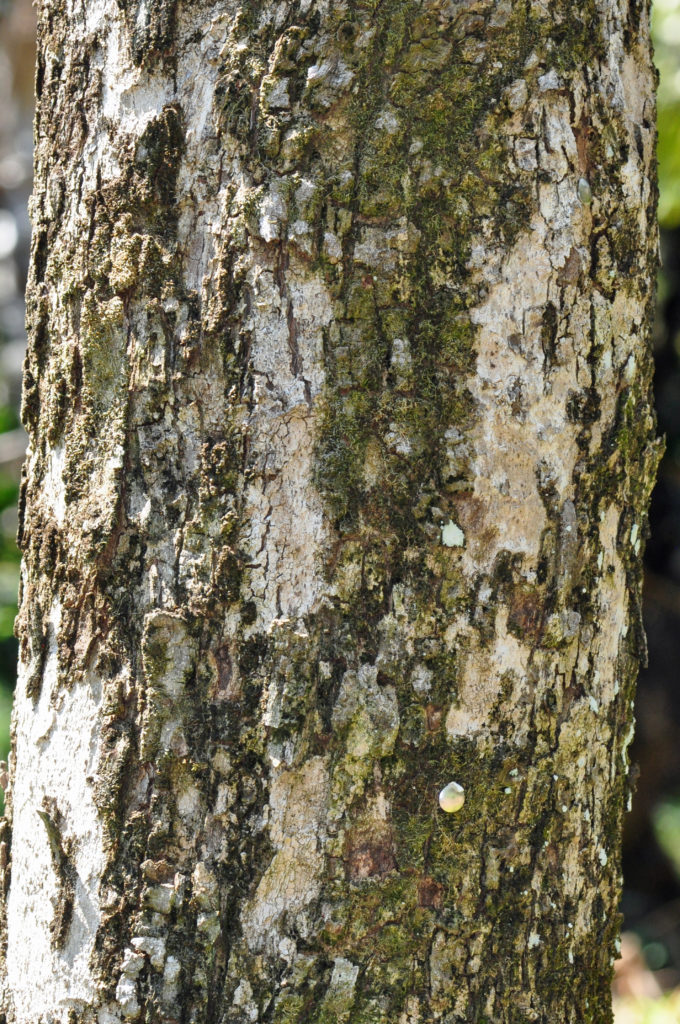
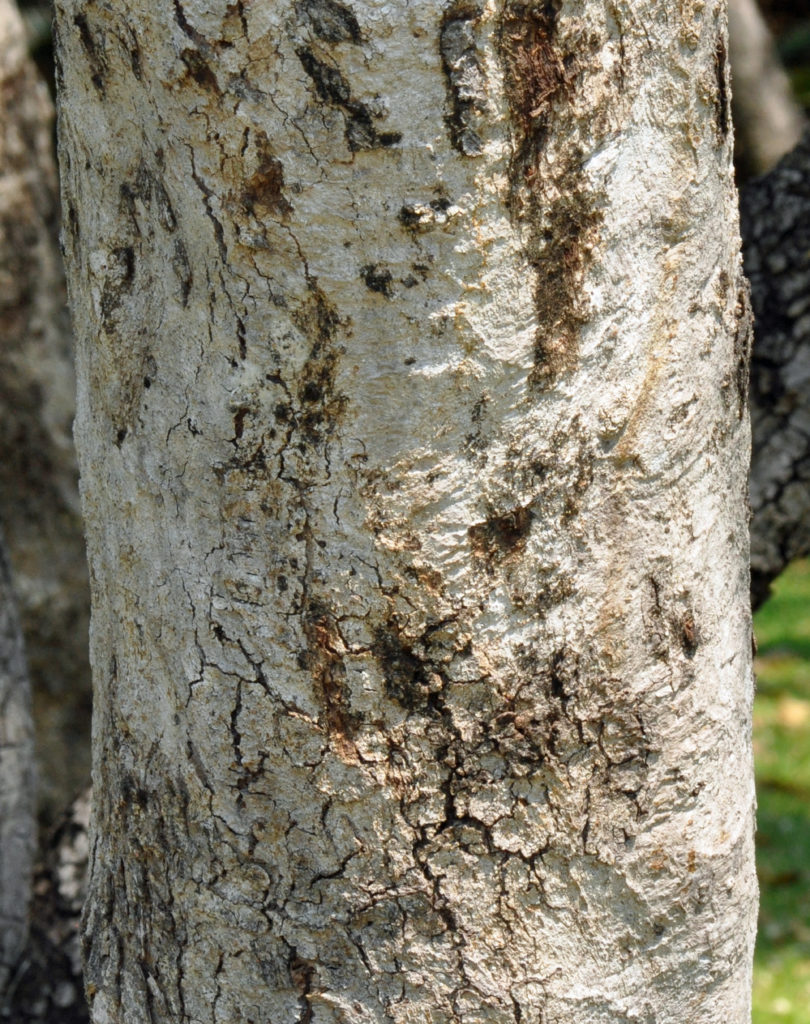
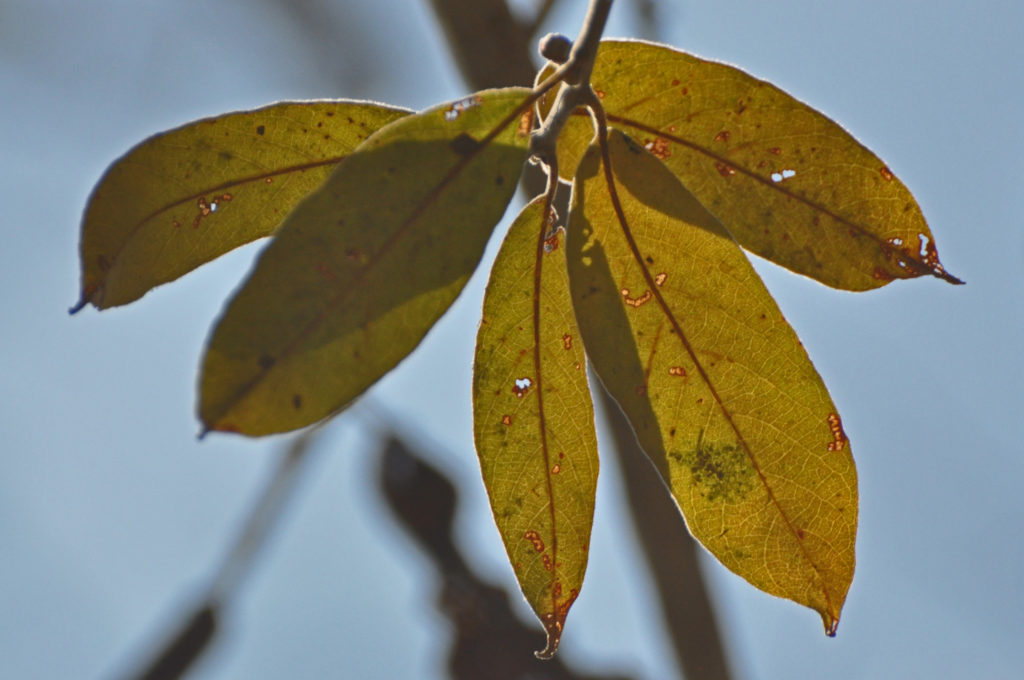
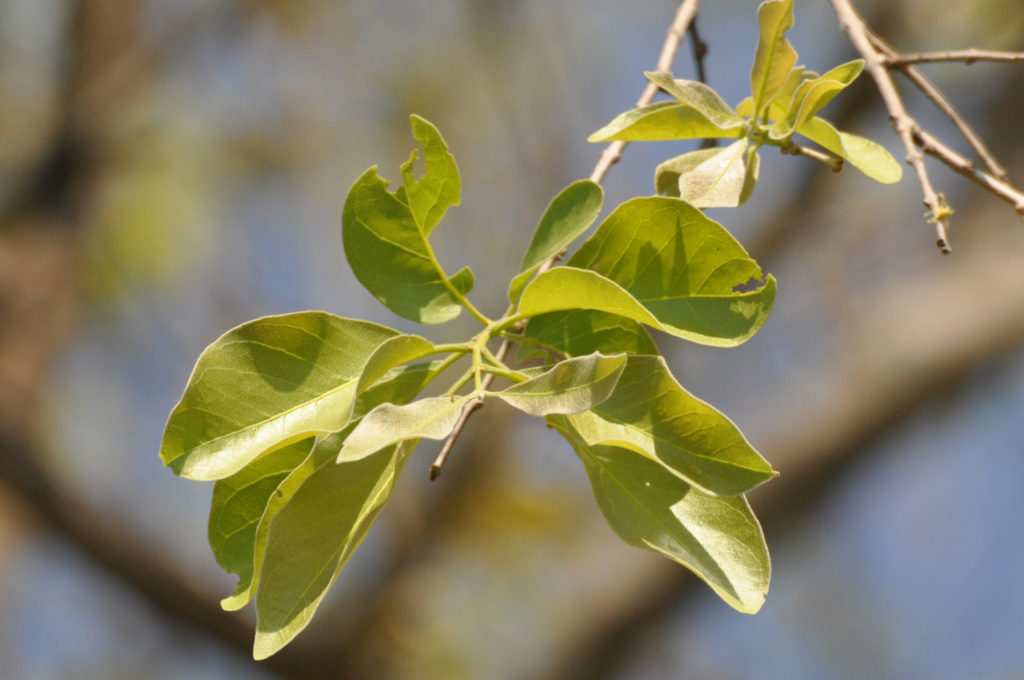
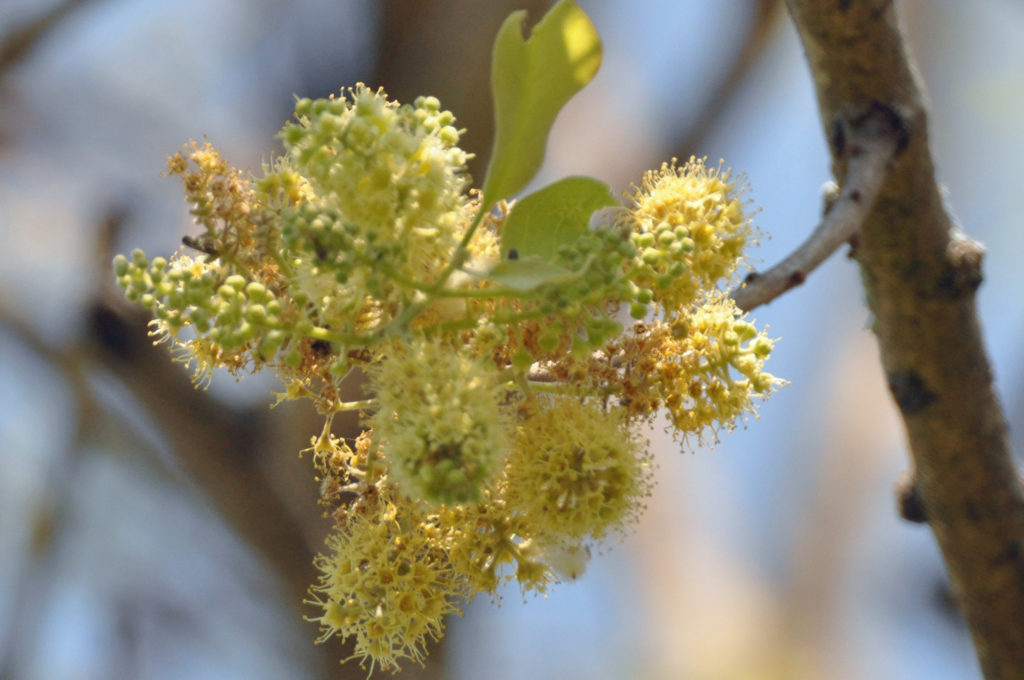
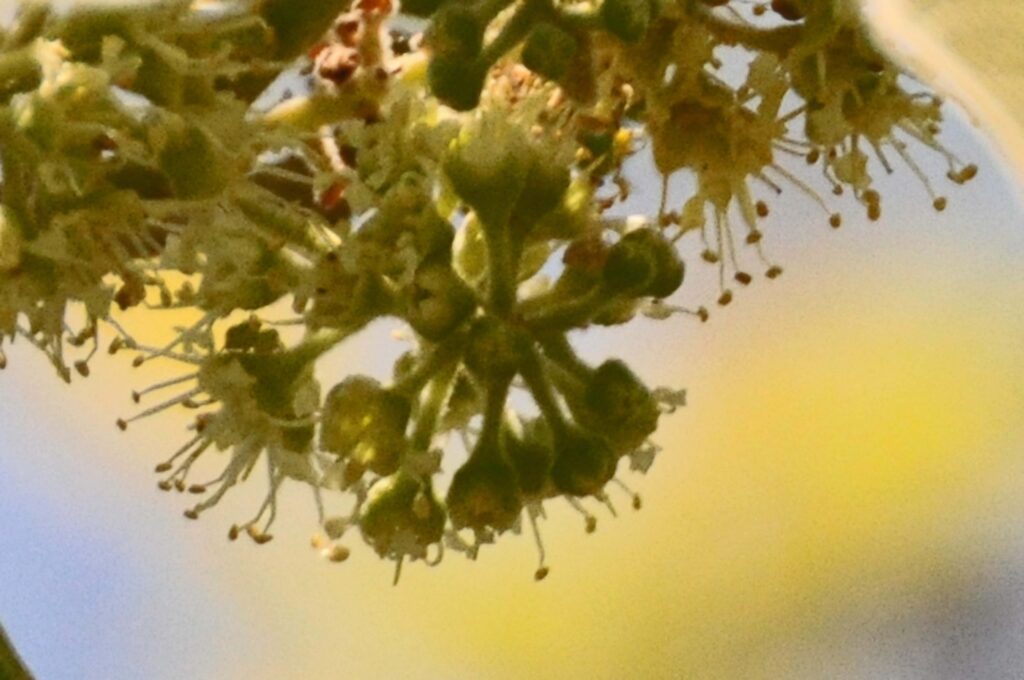
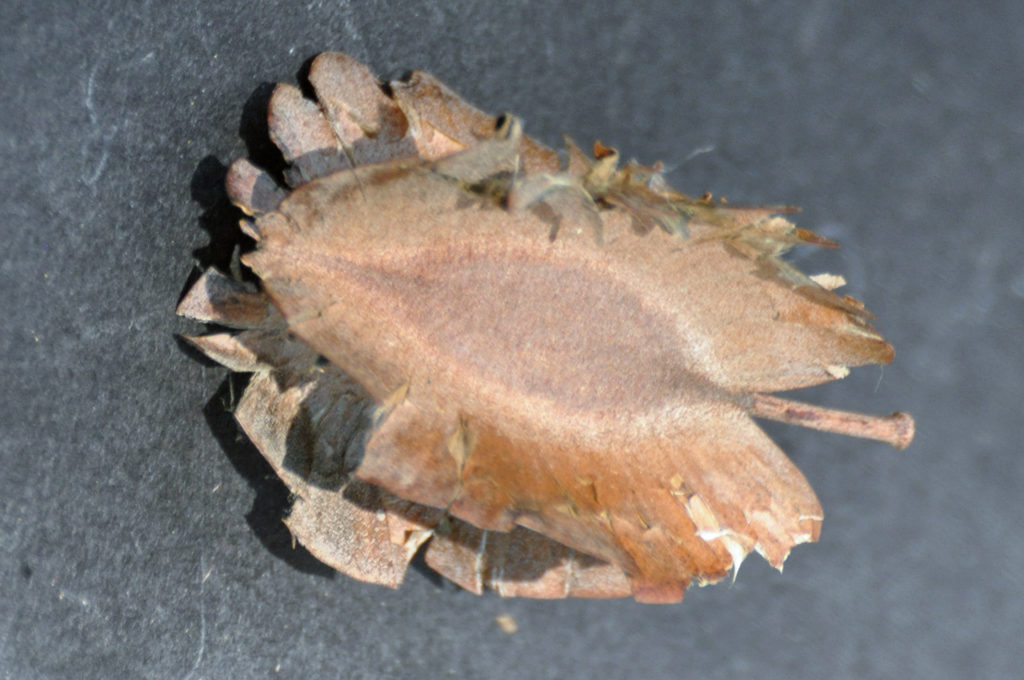
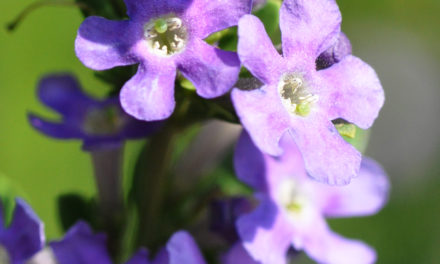
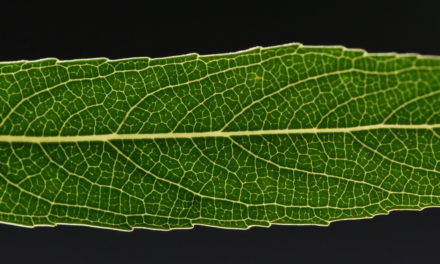
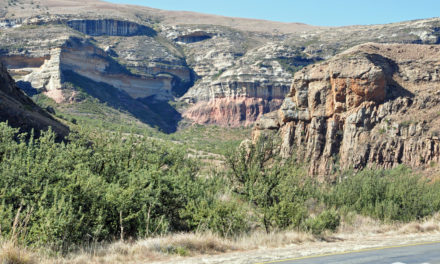
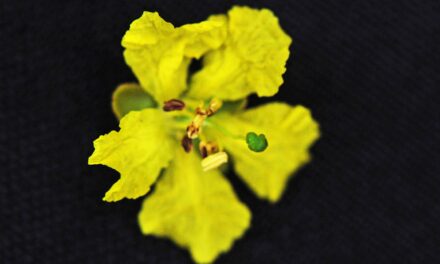
goodafternoon david , is a large leafed bush willow the same as a variable bush willow
Greetings Imaad
The Bush Willow is a specific species: Combretum erythrophyllum. This is a medium to large, spreading tree commonly found reasonably close to water. However there a number of different species with different characteristics. Many are not indigenous to South Africa. Some have multiple stems arising from the ground. These are not the same species as Combretum erythrophyllum – the River Bush Willow.
I hope this helps!
Take care.
David Becking.